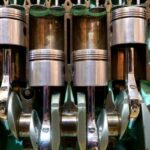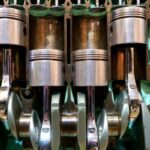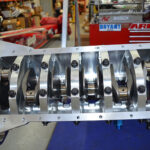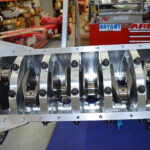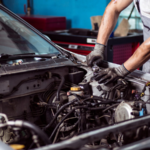If you want more power from the engine without swapping the whole thing out and spending thousands in the process, a few (relatively) easy modifications can get you better acceleration, higher top speeds and tons of low-down torque. You can go about this in a few different ways. One is rebuilding the engine with stronger internals that do better at higher RPMs and another is slapping a turbo or two to increase the airflow. But with larger V8s, V and inline-6s now risking extinction, ‘stroking’ the engine has also proven itself as a less painstaking path to motoring fun. This involves increasing available displacement, meaning more space for bigger bangs.
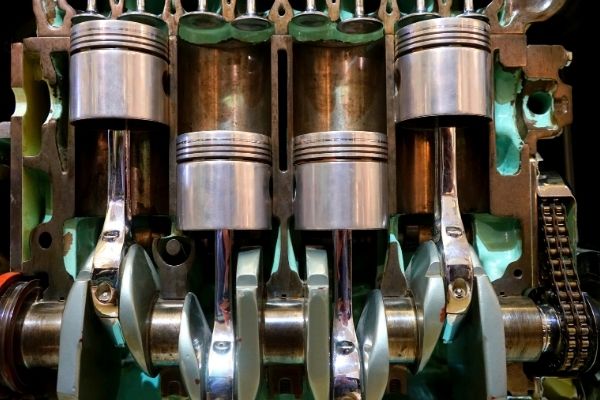
What is a Stroker?
Basically, this is a stock engine that’s had its displacement increased. This is done by increasing the stroke of the pistons in the cylinders, or how far down they go. With more space to play with, the engine can force more air and fuel in for combustion, so there’s more usable power and a substantial increase in torque.
How to Stroke an Engine
If you need the extra push a stroker engine provides, most jobs focus on changes to the crank. One route is offset grinding to the crank, or more precisely, moving the centreline of the rod journal away from the centreline of the main journal to get more crank throw and pull the pistons down further. The angle at which the rod journals are ground will mean differences in the crank throw. Another route is going with a bigger crank, but machining the main journal and counterweights to balance things out.
If you’re sparing the crank, then stroking is done by increasing connecting rod lengths, and using modified pistons with shallower crowns and changes to the piston wrist pin heights. Some jobs may also necessitate boring to accommodate the changes. All this may be a bit too much, so parts makers have come up with stroker kits for specific engines. These have all the complicated maths done for you, to get the results you’d expect without the hassle that even minor missteps bring.
Bore and Stroke – Why They Matter
There are three basic engine types. Square engines have the same bore and stroke. These have proven reliable, are hard-revving and produce most of their power higher up the power band. A typical example is Toyota’s famed 2JZ. Oversquare engines, like the LS1, have a bigger bore diameter than the stroke, can rev out even faster and with larger inlet valves, facilitate a bigger bang. And undersquare engines with a longer stroke, like the 4G63 in the Evo, are all about bigger torque numbers, so get a more lively feel even from a standstill. All engines mentioned can be modified with stroker kits.
What’s in a Typical Kit
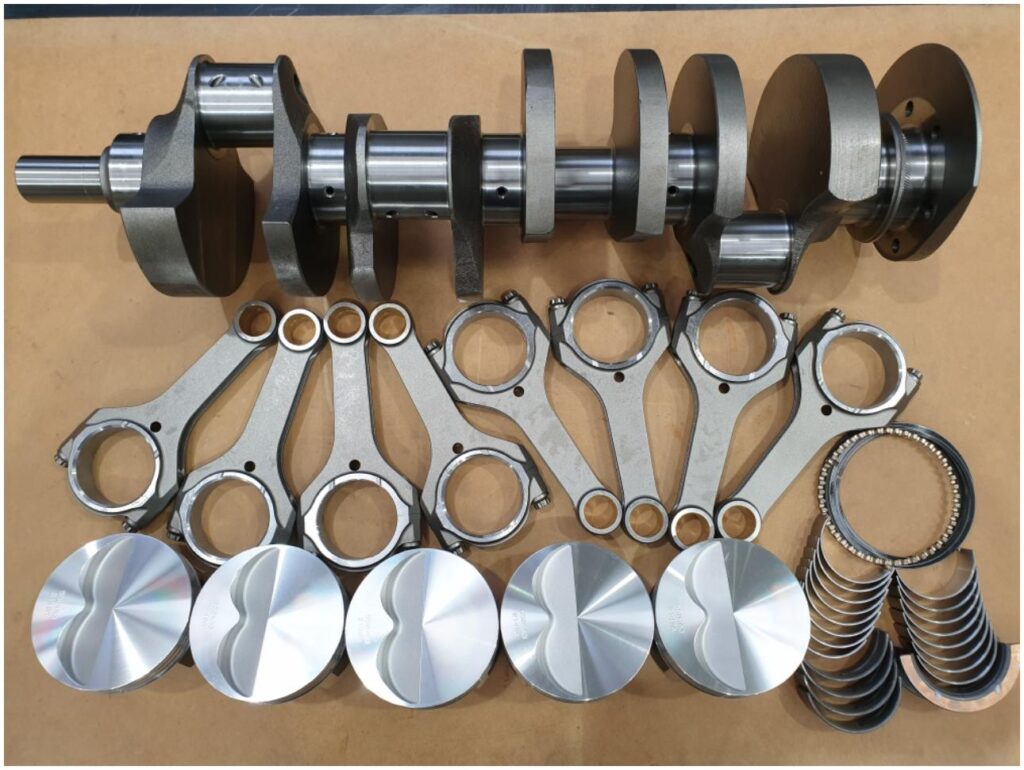
Depending on the engine, you’ll see changes to crank size and designs, specifically the journals and counterweights, and the option of choosing uprated main and big end bearings. Revised piston crowns and changed wrist heights allow for longer conrods. All parts are strengthened, with cranks undergoing nitride treatment to withstand wear and reduce thumping sounds from vibrations. Kits are available for both aspirated and turbocharged engines and to specified compression ratios.
Considering the Pros
Even with a slight increase in displacement, a stroker engine produces some very interesting results:
- More Power – the increase in piston throw means more space for combustion and hence more horsepower.
- Faster Acceleration – bigger combustion chambers mean more air and fuel are mixed, so the car is quicker to accelerate.
- More Torque – square and oversquare engines can get the pulling power they need with a longer stroke. This comes early on in the rev range, without sacrificing much higher up.
- Better fuel use – changes to compression ratios will also lead to lower fuel use.
What About De-stroking?
De-stroking, or reducing engine capacity can also have its merits, especially in engines that have more cubic centimetres to work with. This is true of aspirated engines. By reducing piston throw and compression ratios, there’s the ability to bolt on a turbo to get the car revving to higher redlines, or even twin-scroll turbos to distribute that power over a wider power band. Either way, there are tons of options to get what you want out of the engine, and stroker and de-stroker kits take out most of the guesswork.
Final Considerations
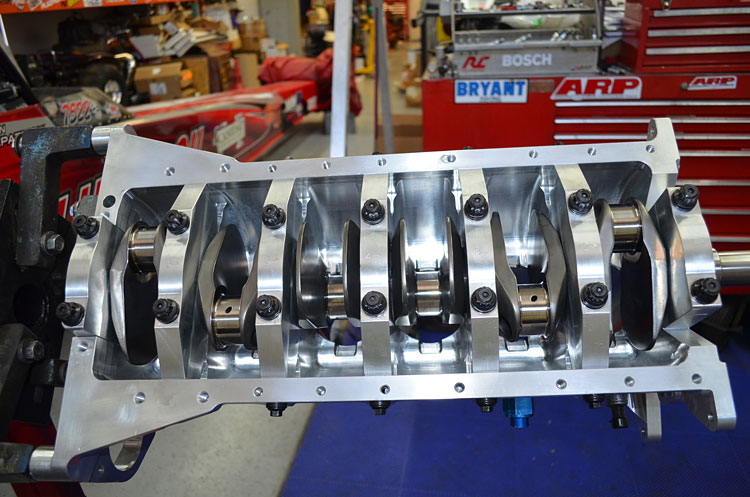
For what they offer, stroker engine kits get you a liver car, one that can belt out 15 to 20 per cent more power, and an engine with strengthened parts that keep their cool even when pushed to the limits. Kits are the faster and least expensive way to add more oomph, without impacting durability in the long run. The key here is to go with trusted brands that have done their homework in terms of tolerances and how the supplied parts work with each other. You might have to make small sacrifices, like using higher octane fuel or special oils, or changes to the fuelling and the cams, but this is a small price to pay for all the fun you’re getting.

